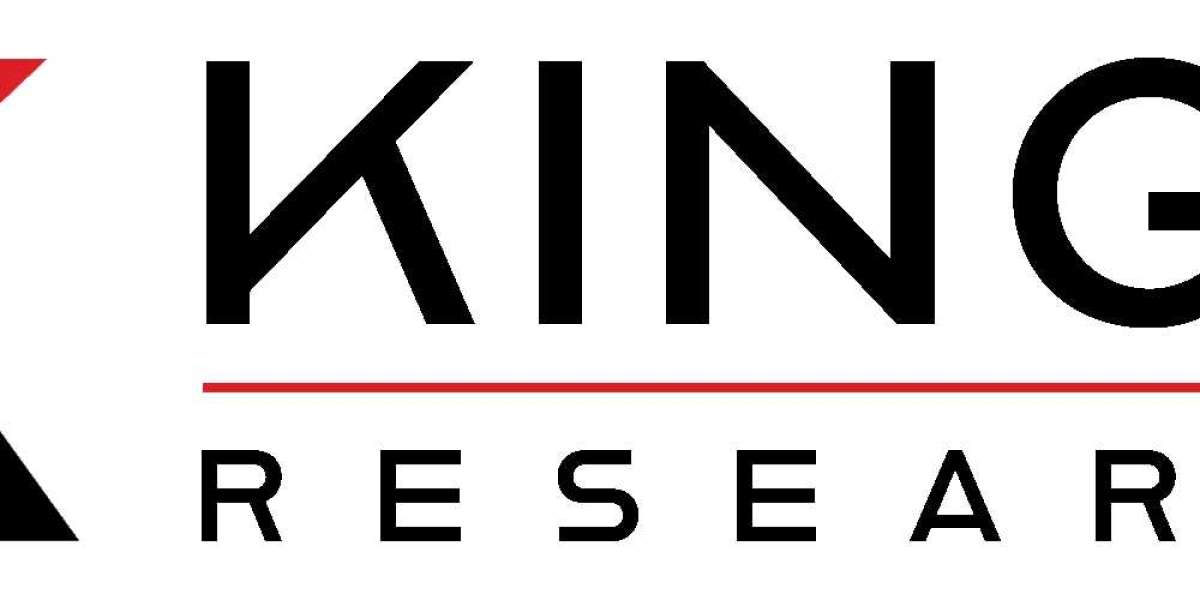I. Introduction to ISO 45001 Certification
A. What is ISO 45001?
ISO 45001 is the first international standard for Occupational Health and Safety Management Systems (OHSMS). It provides organizations with a structured framework to identify workplace risks, reduce potential hazards, and create a safer environment for employees. Published by the International Organization for Standardization (ISO), it replaces OHSAS 18001 and is applicable to organizations of all sizes and industries.
This standard emphasizes a proactive approach to risk management, focusing on preventing workplace injuries, illnesses, and fatalities. It integrates seamlessly with other management systems like ISO 9001 (Quality) and ISO 14001 (Environment), allowing organizations to enhance overall efficiency and compliance.
B. Why ISO 45001 Matters
ISO 45001 is more than just a certification—it’s a commitment to employee well-being. With workplace accidents and health issues costing businesses millions annually, this standard empowers organizations to mitigate risks effectively. Compliance with ISO 45001 also improves legal adherence and strengthens an organization’s reputation as a socially responsible employer.
C. Global Relevance of ISO 45001
As a globally recognized standard, ISO 45001 is invaluable for organizations operating internationally. It ensures consistency in occupational health and safety (OHS) practices across regions, making it easier to comply with diverse legal and cultural requirements.
II. Key Benefits of ISO 45001 Certification
A. Enhanced Workplace Safety
ISO 45001 requires organizations to identify and address hazards proactively, leading to a safer workplace. This reduces the likelihood of accidents, injuries, and illnesses, promoting employee morale and productivity.
B. Legal and Regulatory Compliance
One of the critical advantages of ISO 45001 is its focus on compliance with occupational health and safety laws. By adhering to this standard, organizations can avoid fines, penalties, and legal disputes arising from non-compliance.
C. Competitive Advantage
ISO 45001 certification demonstrates a company’s commitment to the well-being of its employees, enhancing its brand image and marketability. Many clients and partners prioritize working with organizations that prioritize health and safety, making certification a valuable differentiator.
D. Cost Savings
Reducing workplace accidents not only saves lives but also minimizes associated costs like medical expenses, compensation claims, and lost productivity. ISO 45001 enables organizations to allocate resources more efficiently, contributing to long-term financial stability.
E. Improved Employee Engagement
Employees are more likely to feel valued in an organization that prioritizes their health and safety. ISO 45001 fosters a culture of trust and collaboration, encouraging active participation in safety initiatives and boosting overall employee satisfaction.
III. Key Components of ISO 45001
A. Leadership and Worker Participation
ISO 45001 places a strong emphasis on leadership and worker involvement. Top management must take ownership of the OHSMS, ensuring that health and safety objectives align with organizational goals. Employees, on the other hand, are encouraged to contribute to identifying risks and implementing safety measures.
B. Risk and Opportunity Management
The standard introduces a risk-based approach, requiring organizations to identify both risks and opportunities related to occupational health and safety. This proactive strategy ensures continuous improvement and resilience.
C. Integration with Business Processes
ISO 45001 integrates OHSMS into an organization’s overall business processes, ensuring that health and safety considerations are embedded in every decision-making step. This holistic approach fosters a culture of safety throughout the organization.
D. Continual Improvement
The standard promotes a cycle of planning, implementing, monitoring, and improving. This ensures that the OHSMS remains effective and evolves to address emerging risks and challenges.
IV. Steps to Achieve ISO 45001 Certification
A. Conducting a Gap Analysis
The first step is to evaluate your current OHS practices against the requirements of ISO 45001. A gap analysis helps identify areas that need improvement and provides a roadmap for achieving compliance.
B. Developing an OHS Management System
Create an OHSMS tailored to your organization’s needs. This involves setting clear objectives, defining roles and responsibilities, and establishing processes for hazard identification, risk assessment, and incident management.
C. Training and Awareness
Educate employees and management about the importance of ISO 45001 and their roles in maintaining a safe workplace. Training sessions and workshops help build a culture of safety and ensure everyone is on the same page.
D. Internal Audits
Before undergoing external certification, conduct internal audits to evaluate the effectiveness of your OHSMS. This step allows you to address non-conformities and prepare for the certification audit.
E. Certification Audit
Engage an accredited certification body to conduct a formal audit. This process typically involves a document review, on-site inspection, and verification of compliance with ISO 45001 standards.
F. Maintaining Certification
Certification is not a one-time achievement. Organizations must undergo periodic surveillance audits and continuous monitoring to ensure ongoing compliance and improvement.
V. Challenges in Implementing ISO 45001
A. Resource Constraints
Implementing ISO 45001 can be resource-intensive, requiring time, money, and skilled personnel. Small and medium-sized enterprises (SMEs) may find it challenging to allocate the necessary resources.
B. Resistance to Change
Employees and management may resist changes to established processes. Overcoming this challenge requires effective communication, training, and a focus on the long-term benefits of ISO 45001.
C. Complexity of Integration
Integrating ISO 45001 with existing management systems, such as ISO 9001 or ISO 14001, can be complex. However, this integration is essential for maximizing efficiency and consistency across organizational processes.
D. Sustaining Engagement
Maintaining momentum after achieving certification can be challenging. Organizations must ensure continuous training, regular audits, and active employee involvement to sustain the effectiveness of the OHSMS.
VI. Industries Benefiting from ISO 45001
A. Construction and Engineering
Construction is one of the most hazardous industries, making ISO 45001 critical for reducing accidents and ensuring worker safety on-site.
B. Manufacturing and Industrial Sector
The manufacturing industry faces numerous occupational hazards, from machinery accidents to exposure to harmful substances. ISO 45001 helps mitigate these risks while improving operational efficiency.
C. Healthcare and Social Services
In the healthcare sector, ISO 45001 supports the creation of safe working conditions for medical professionals, particularly those exposed to infectious diseases and stressful environments.
D. Retail and Hospitality
For customer-facing industries like retail and hospitality, ISO 45001 ensures the health and safety of both employees and customers, enhancing trust and loyalty.
VII. Why ISO 45001 Matters Today
With increasing awareness of workplace health and safety, ISO 45001 is more relevant than ever. It addresses the challenges posed by evolving work environments, including remote work, new technologies, and emerging health risks. By prioritizing employee well-being, ISO 45001 lays the foundation for a resilient, future-ready organization.








